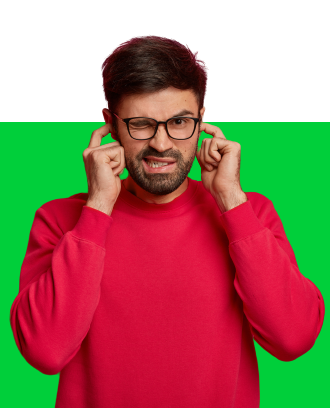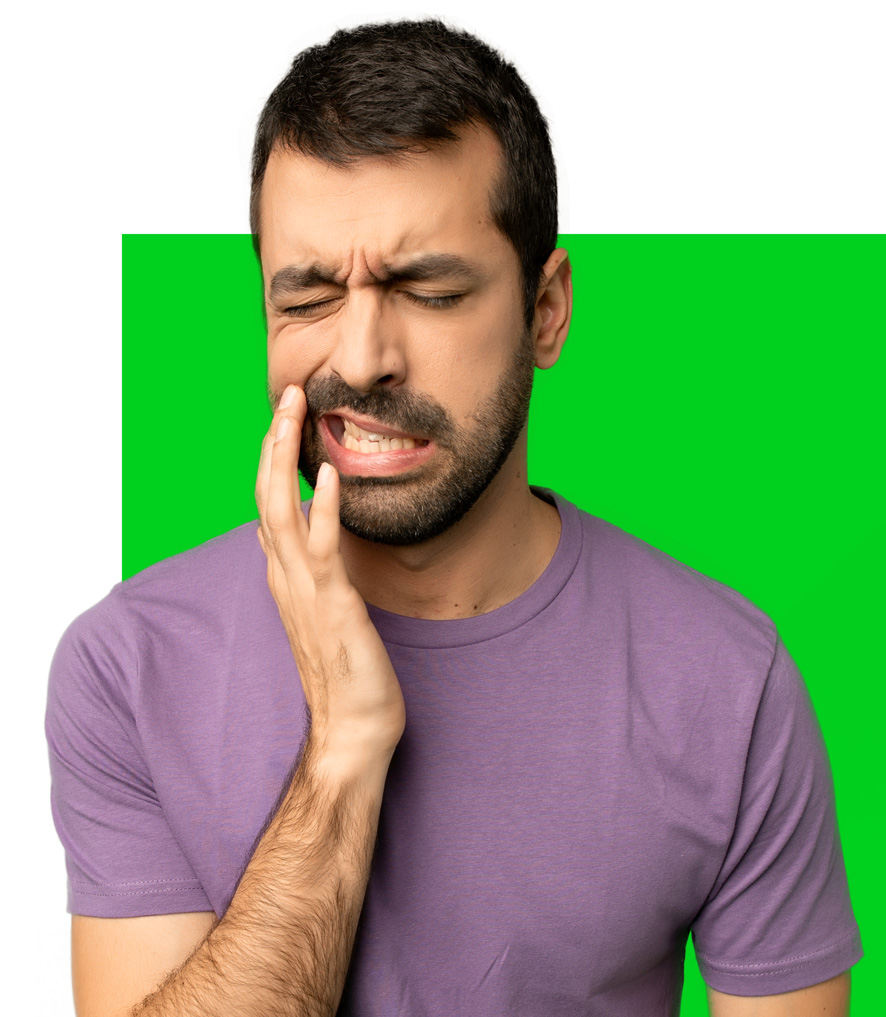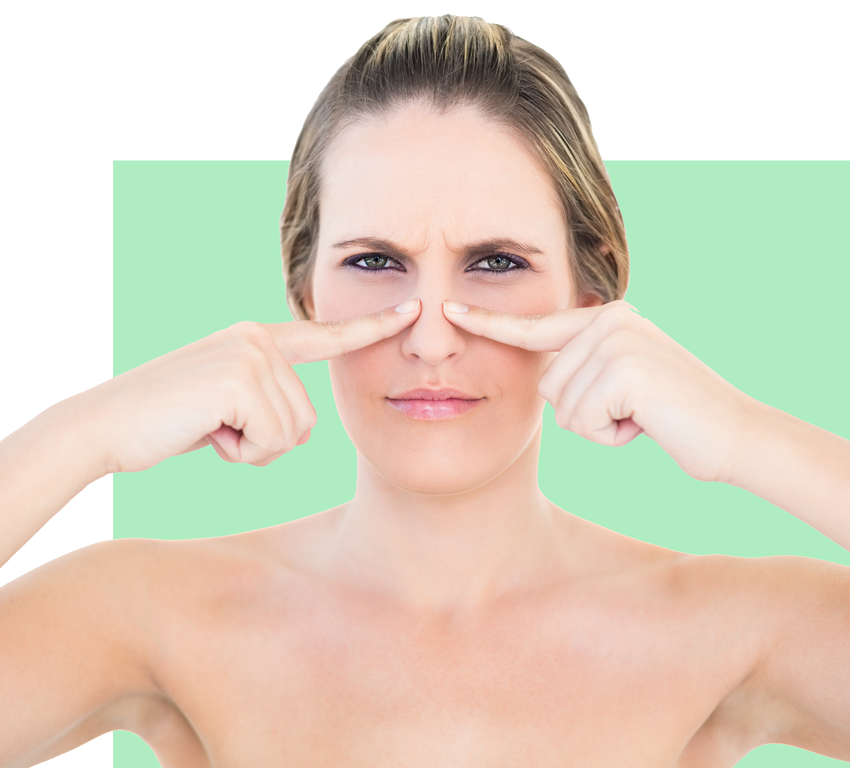What are the mayor structures of the ear?
The ear is divided in three main parts (see image below):
the external ear: formed by the ear lobe, the external ear canal and the ear drum or tympanic membrane.
the middle ear: includes the small bones (ossicles) called malleus, incus and stapes. The middle ear is ventilated and inner pressure is equalized via a narrow tube located at the back of the nose called the Eustachian tube.
the inner ear: includes a spiral-shaped structure called cochlea. The cochlea has small hair like structures called stereocilia which perceive sound waves and transduce them into electrical impulses that can be interpreted by the brain.

How do we perceive sound?
Sound waves hit your ear lobe, channels down to your external ear canal which makes the ear drum vibrate. This vibration jiggles the small bones in the middle ear. Then, the vibration is passed into the cochlea which stimulate the sterocilla, creating electrical impulses which are then transmitted and perceived as sound in your brain.
What causes hearing loss?
Two of the most common causes of hearing loss in adults are due to the natural aging process, also called presbycusis, and noise induced hearing loss. Every time you are exposed to a loud sound you have the potential risk of damaging your hearing. An excessive amount of sound, causes intense stimulation to the small hair like structures in your inner ear. These intense vibrations can cause permanent damage: meaning not reversible.
Two of the most common causes of hearing loss in adults are due to the natural aging process, also called presbycusis, and noise induced hearing loss. Every time you are exposed to a loud sound you have the potential risk of damaging your hearing. An excessive amount of sound, causes intense stimulation to the small hair like structures in your inner ear. These intense vibrations can cause permanent damage: meaning not reversible. According to the World Health Organization, there are approximately 1.1 billion young individuals at risk of permanently damaging their hearing due to exposure of unsafe levels of noise which includes: bars, nightclubs, cinemas, concerts, live events, fitness classes and listening to music or video game consoles over personal audio devices.
Individuals exposed to constant loud noises are three times likely to irreversibly lose their hearing at an early age. Early loss of hearing is a direct cause of depression, personal isolation, inability to communicate, inefficient job performance and frustration.
There are many other causes of hearing loss including head injury, illness and certain medication that can be toxic for the inner ear.
There are more than 200 medications on the market that are known to be toxic to the inner ear. Risk of ototoxicity depends on the way of administering the medication (intravenously has the highest risk), dose, age, and general health condition. You should ask your doctor if you are at risk before taking any medication. Just a few examples are:
⦁ Non-Steroidal Anti-Inflammatory Drugs (NSAIDs), such as aspirin, ibuprofen, or naproxen.
⦁ Certain antibiotics, including aminoglycosides.
⦁ Certain chemotherapy drugs for cancer treatment.
⦁ Blood pressure pills and diuretics.
⦁ Quinine-based medications (Chloroquine, Quinacrine Hydrochloride, Quinine Sulfate).
How to prevent can early hearing loss?
The number one thing you can do to keep your hearing as healthy as possible is to avoid or limit exposure to loud noises. Some of the common sources are:
⦁ Loud music (concerts, live events, fitness classes)
⦁ Heavy machinery
⦁ Gun fire
⦁ Excessive use of head phones for prolonged periods of time.
Noise is measured with a complex mathematic algorithm called decibels: in general terms the higher the decibels the stronger the wave sound and impact in our ear.
The World health Organization main recommendations are:
⦁ Exposure to 85 dB for a maximum limit of eight hours per day.
⦁ Followed by at least ten hours of recovery time at 70 dBA or lower.
⦁ Noise levels above 140 dB are not considered safe.
See the image below to learn the decibel levels of common everyday sounds:

This does not mean you should avoid listening to music or going concerts. The best way to prevent any hearing damage is to be aware of the noise level and how long you are exposed to it. Remember, once it passes a certain level, then it can permanently damage your hearing.
How can I prevent Noise induced hearing loss?
⦁ Wear earplugs: conventional ear plugs can reduce noise by 20-30 decibels. If your job involves loud noises there are high fidelity earplugs called `musicians earplugs which reduce noise levels while maintaining the quality of the original sound.
⦁ Respect the 60/60 rule: When listening to music with a personal audio device, limit the sound to 60% volume for no more than 60 minutes a day. Currently, most smartphones allow you to set a limit on the sound volume. So, limiting sound to a maximum of 60% can prevent any permanent hearing damage in the future.
⦁ Use over-the-ear headphones: devices that sit over your ears are safer since they are further away from the structures inside your ear.
⦁ Download smartphone apps: There are many smartphone apps that monitor the volume level of your smartphone or your surroundings. This can increase awareness and warn you if you are exposed to dangerous noise levels.
⦁ Take a break and recover: When exposed to loud noises at concerts, nightclubs or live events give your ears time to recover, and take breaks from the loud noise. Also, after a night out to a nightclub or after a concert, take at least 10 hours of ‘quiet’ to give your ears time to recover from the stress.
Remember noise induced hearing loss is preventable!
If you take care of the amount of sound you are exposed to and use effective prevention measures you will be able to enjoy sounds for a long time!
* This information does not take the place of your doctor's advice. Please consult your healthcare provider for information about a specific medical condition.
References
A Complete Guide to Noise-Induced Hearing Loss. EarQ. (2020, April). https://www.earq.com/hearing-health/articles/guide-to-noise-induced-hearing-loss.
Banzet, E. (2019, May). Noise-Induced Hearing Loss. speechandhearing.ca / paroleetaudition.ca. https://speechandhearing.ca/noise-induced-hearing-loss/.
Flint, P. W., & Cummings, C. W. (2021). Cummings Otolaryngology: head and neck surgery -Noise-Induced Hearing Loss. In Cummings Otolaryngology: head and neck surgery (pp.2140-2152). essay, Elsevier.
Noise Induced Hearing Loss among University Students Using Portable Entertainment Player. (2018). International Journal of Otorhinolaryngology, 5(1), 01–02. https://doi.org/10.13188/2380-0569.1000025
Prutsman, D. J. (2020, October). List of Ototoxic Medications. Sound Relief Hearing Center. https://www.soundrelief.com/list-of-ototoxic-medications/.
World Health Organization. (n.d.). Making listening safe. World Health Organization. https://www.who.int/activities/making-listening-safe.





